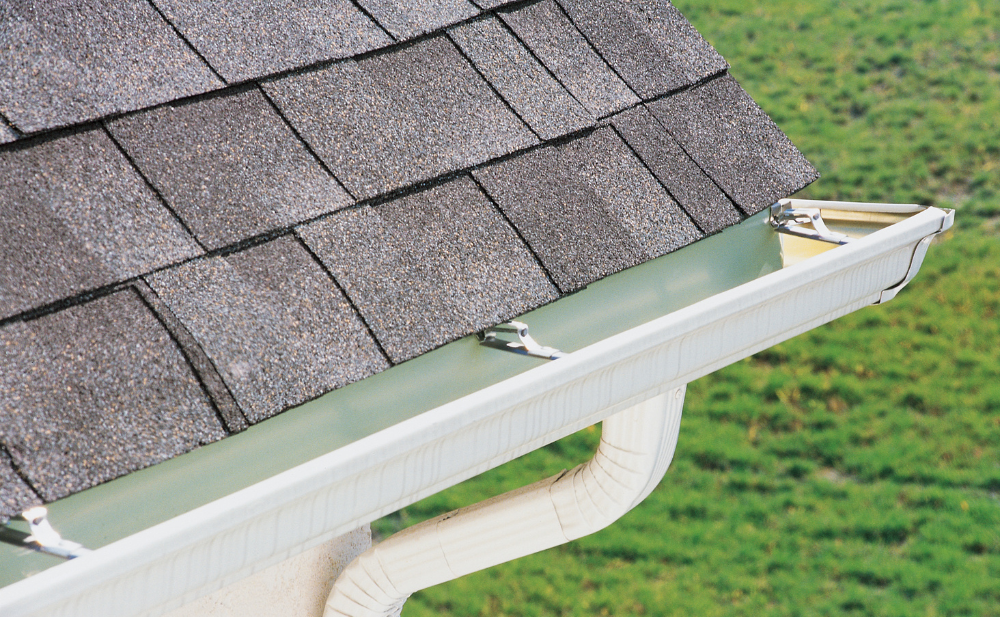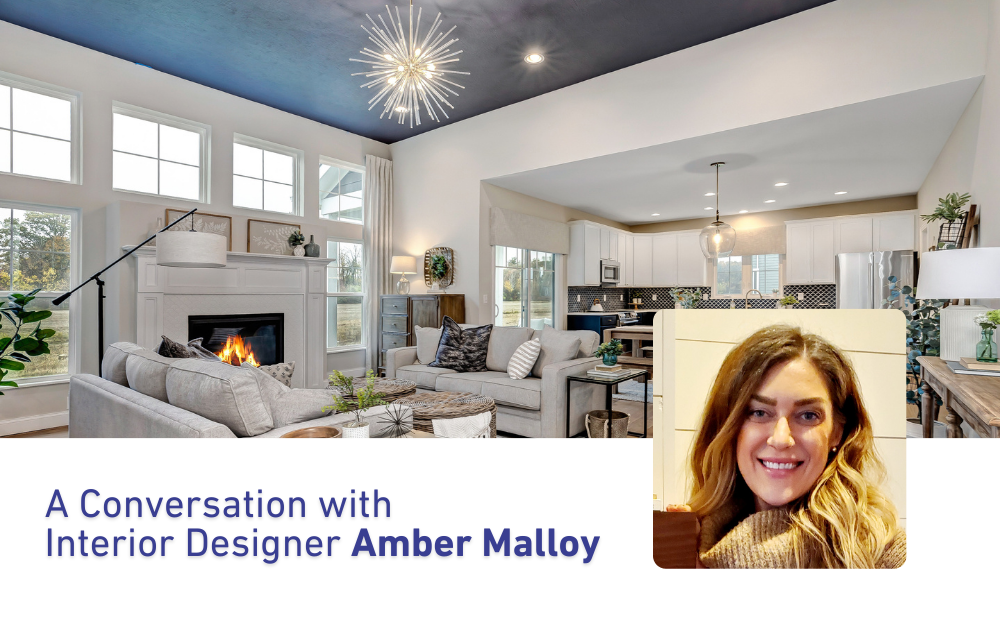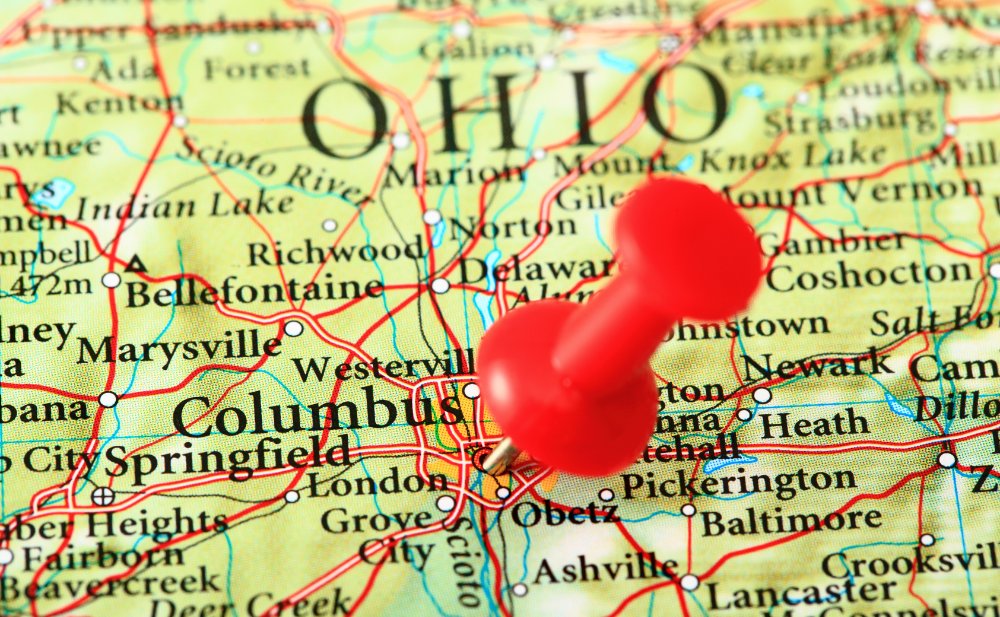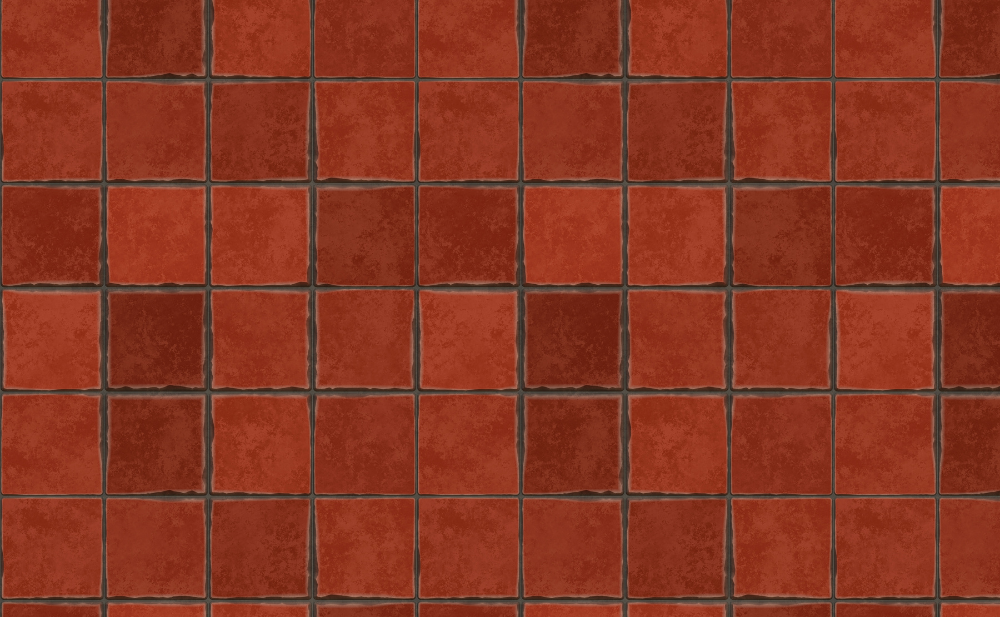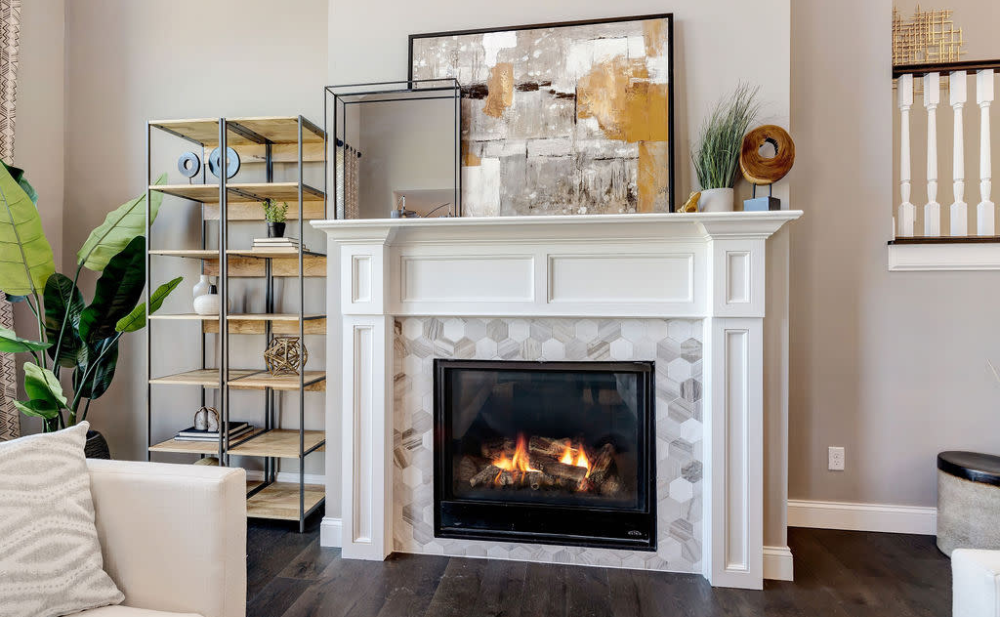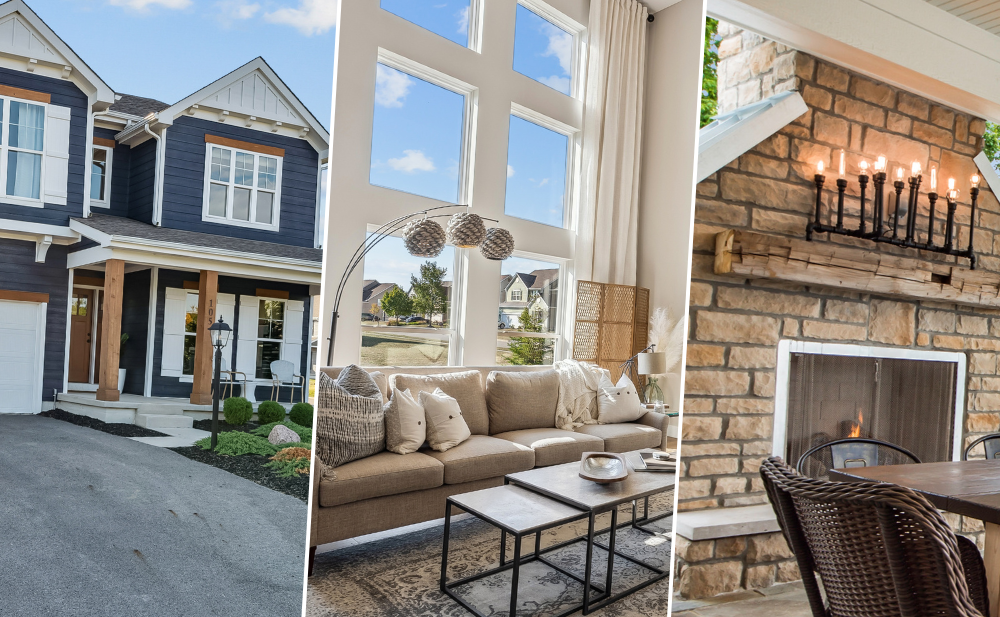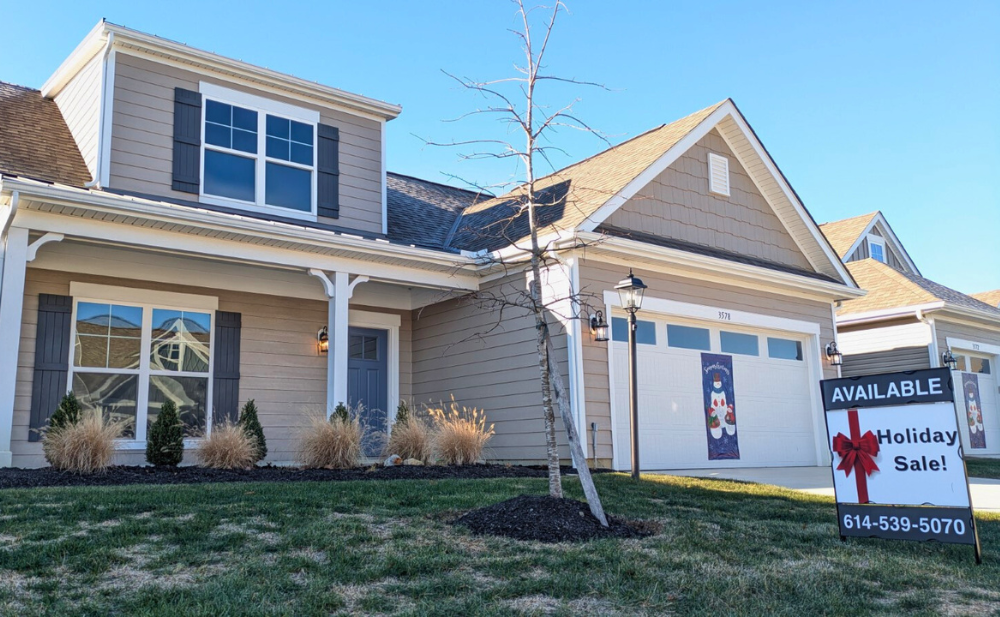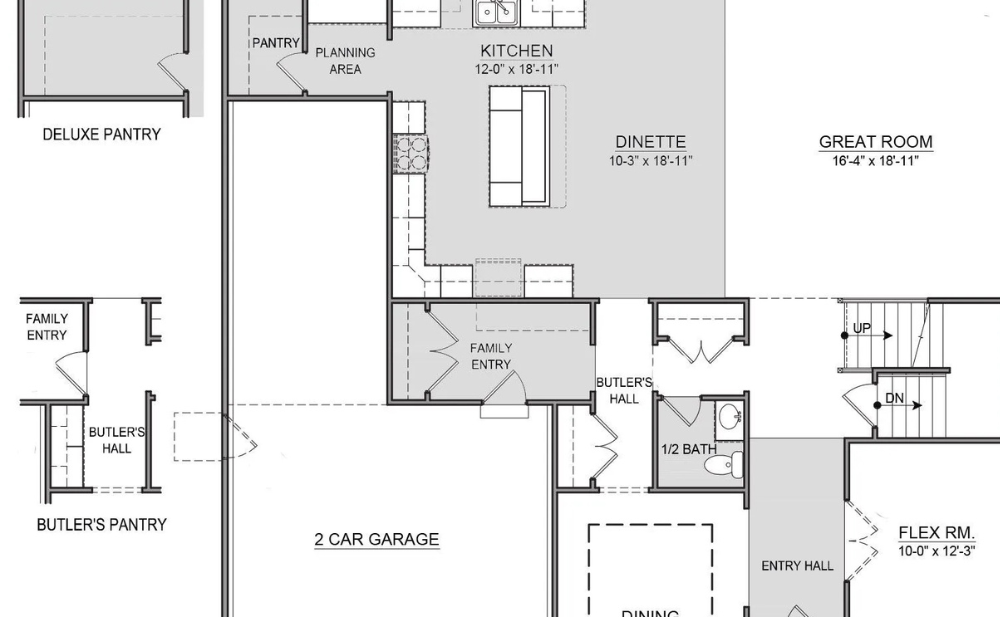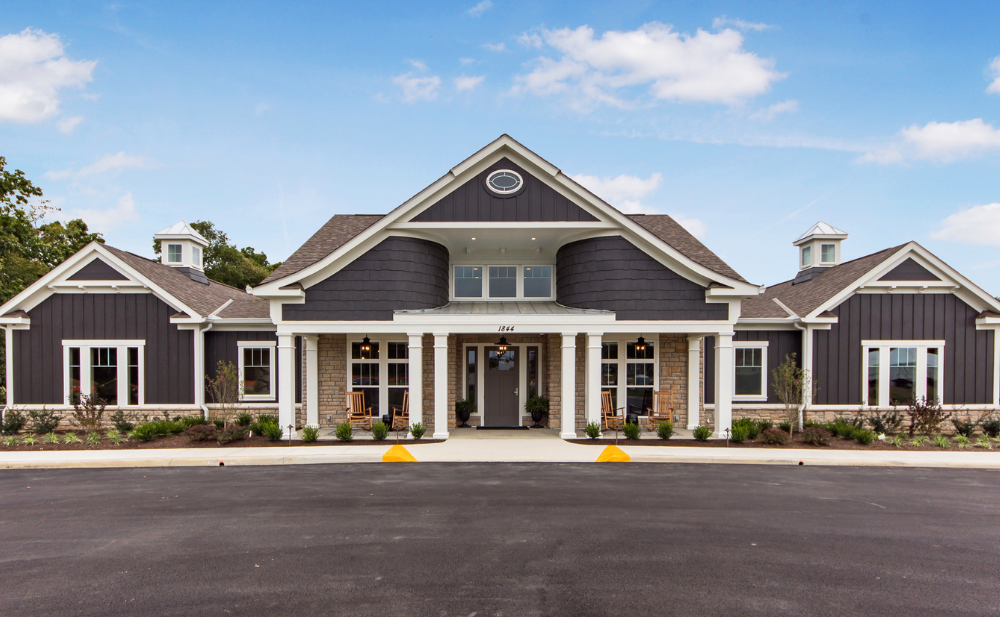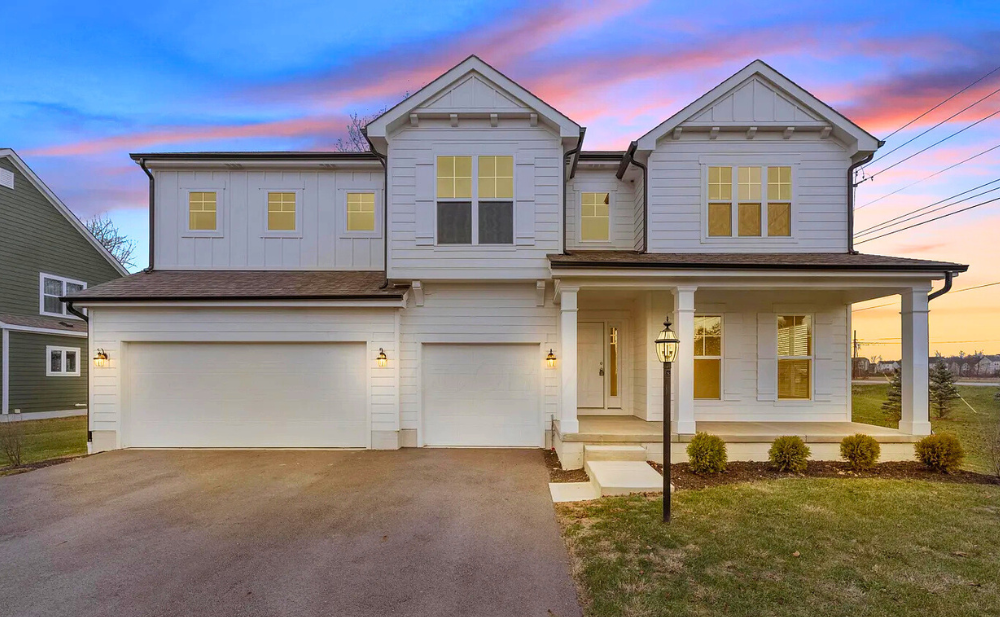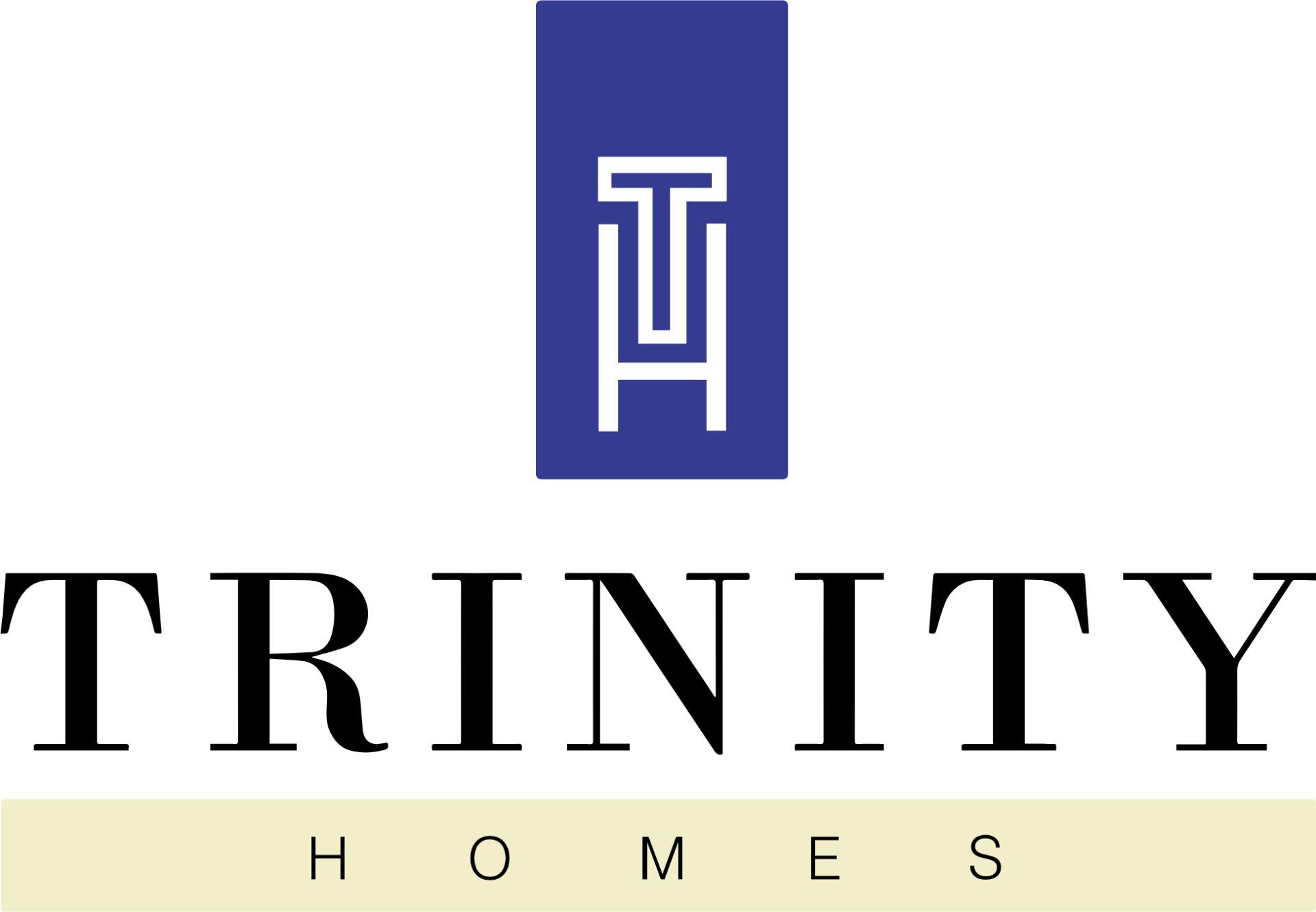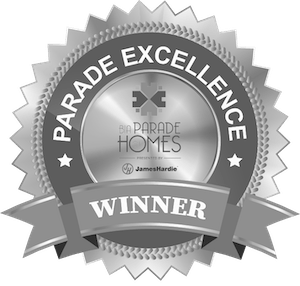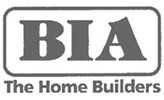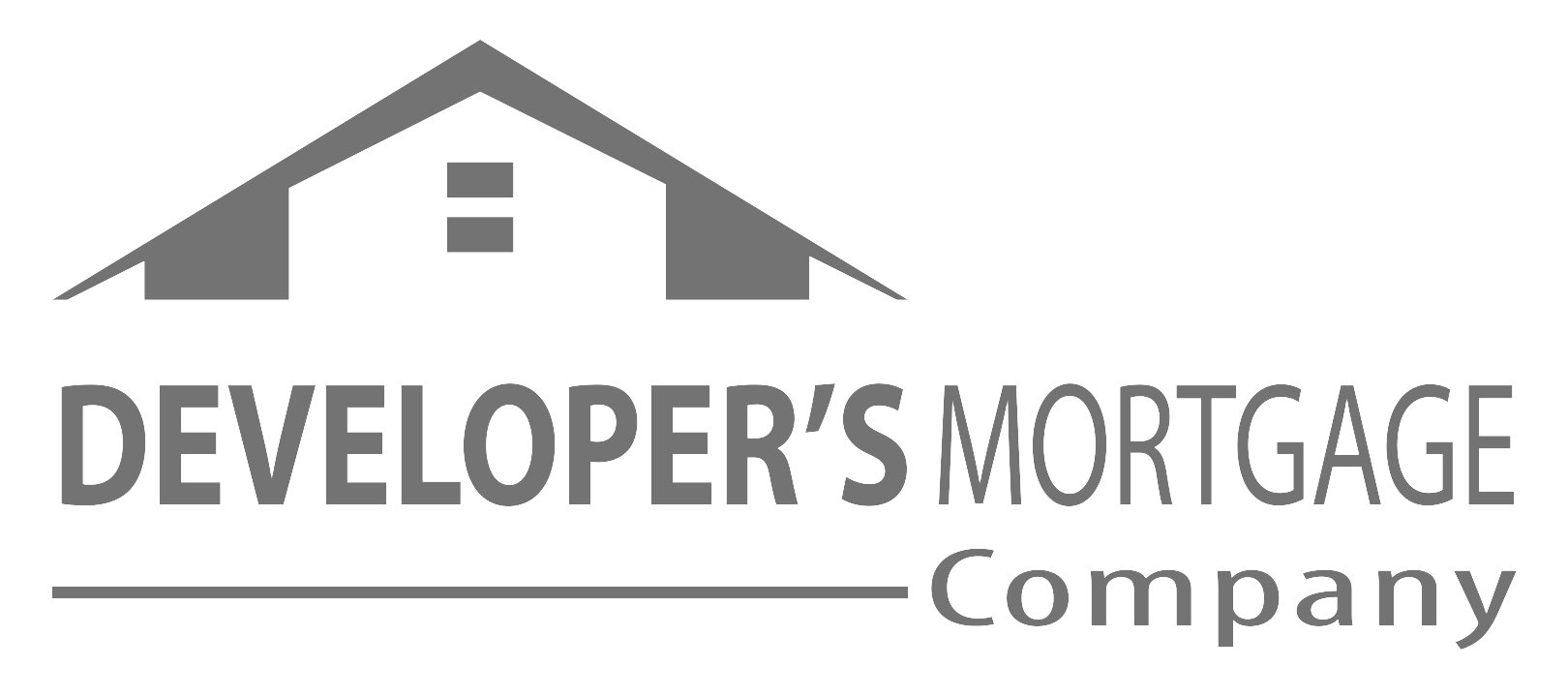The Evolution of Home Design Trends Through the Years
Home design trends are constantly evolving, with some styles becoming timeless classics while others becoming obsolete. From the mid-century modern style of the 1960s to the more sleek and minimalistic designs of the 21st century, different styles, materials, and technologies used throughout history have shaped the way we live in our homes today. Let’s take a closer look at how home design trends have changed over the past six decades.
1960s
During the 1960s, home design reflected the spirit of rebellion and experimentation of the era. Open floor plans, mid-century modern style, and geometric shapes became popular. A surge in architectural creativity led to the popularity of split-level and ranch-style homes, while colorful shag carpets and vibrant wallpaper covered interior spaces.
1970s
In the 1970s, home design embraced a laid-back and eclectic vibe. Interiors featured earthy tones, natural materials, and the rise of iconic elements like sunken living rooms, exposed brick, and wood paneling. Avocado green and harvest gold were the go-to colors, while exteriors saw the rising popularity of A-frame houses.
1980s
The 1980s were all about glam and excess in home design – think mirrored walls, brass fixtures, and high-gloss finishes. It was the era of big, bold statements, where postmodern architecture embraced eccentric shapes and opulent details. From glass-block walls to flashy entranceways, homes reflected the decade's love for luxury.
1990s
Completely opposite to the 80s, home design in the 90s took a more casual and comfortable approach. Minimalism gained popularity, featuring clean lines, uncluttered spaces, and a neutral color palette. Open concept living became a prominent trend, with beige and muted tones dominating interiors, complemented by natural materials like wood and stone. Additionally, home offices became more common as people embraced the convenience of personal computers and the need for functional workspaces.
2000s
The early 2000s saw a return to minimalism and the rise of smart home technology. Stainless steel appliances and granite countertops became kitchen staples, and smart home technology integration started making waves, with home automation systems becoming more accessible. Architecturally, modern and contemporary designs with large windows and open spaces gained popularity.
2010s
The 2010s brought green living to the forefront, with recycled materials and energy-efficient homes. While open concept living continued to dominate, the farmhouse aesthetic also gained popularity, marked by shiplap walls and rustic elements.
2020s
As we step into the 2020s, home design trends are marked by a fusion of styles and an emphasis on individual expression. Modern homes incorporate elements from various decades, creating a personalized and eclectic look. Sustainability also remains a key focus, with a surge in interest in passive home design and renewable energy sources.
At
Trinity Homes, we understand that everyone has unique tastes and preferences when it comes to home design. That's why we offer endless possibilities in terms of designing your home, enabling you to create a living space that perfectly aligns with your personality and lifestyle. Whether you're looking for a charming, cottage aesthetic or an open-concept, high-tech home, we have the expertise and
resources to make your dream home a reality.
